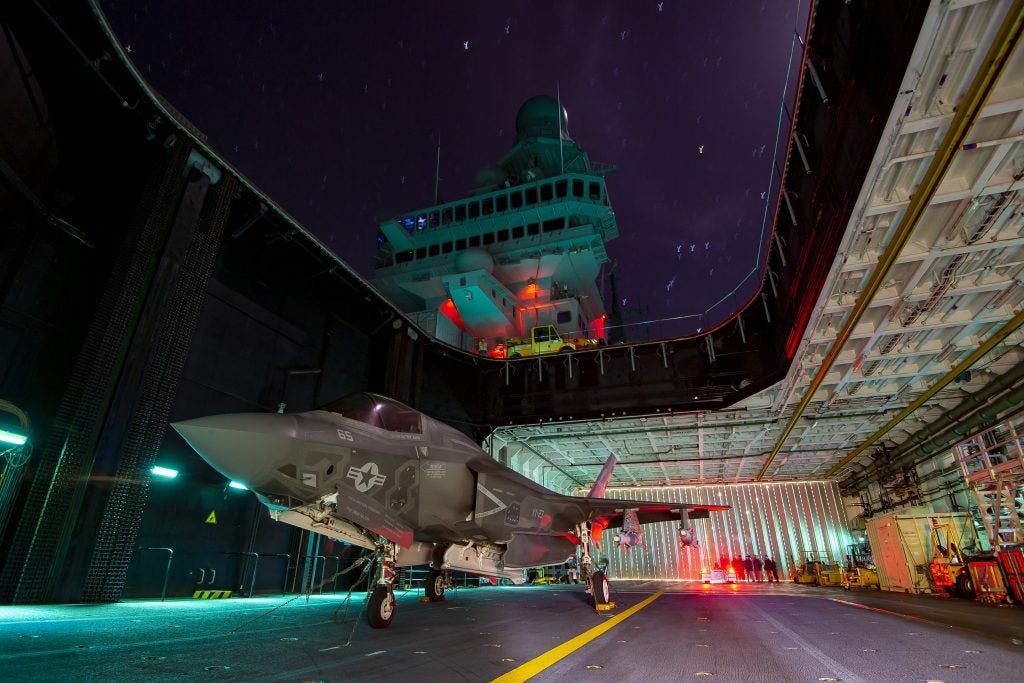ITS Cavour Receives F-35B Flight Clearance Recommendation
The ITS Cavour docked at Naval Station Norfolk on March 27 following the successful completion of its F-35B sea trials, four weeks after the Italian Navy’s flagship departed the base to carry out the trials in the Atlantic. The carrier returns with a flight clearance recommendation from the F-35 Joint Program Office for the safe operation of F-35Bs.
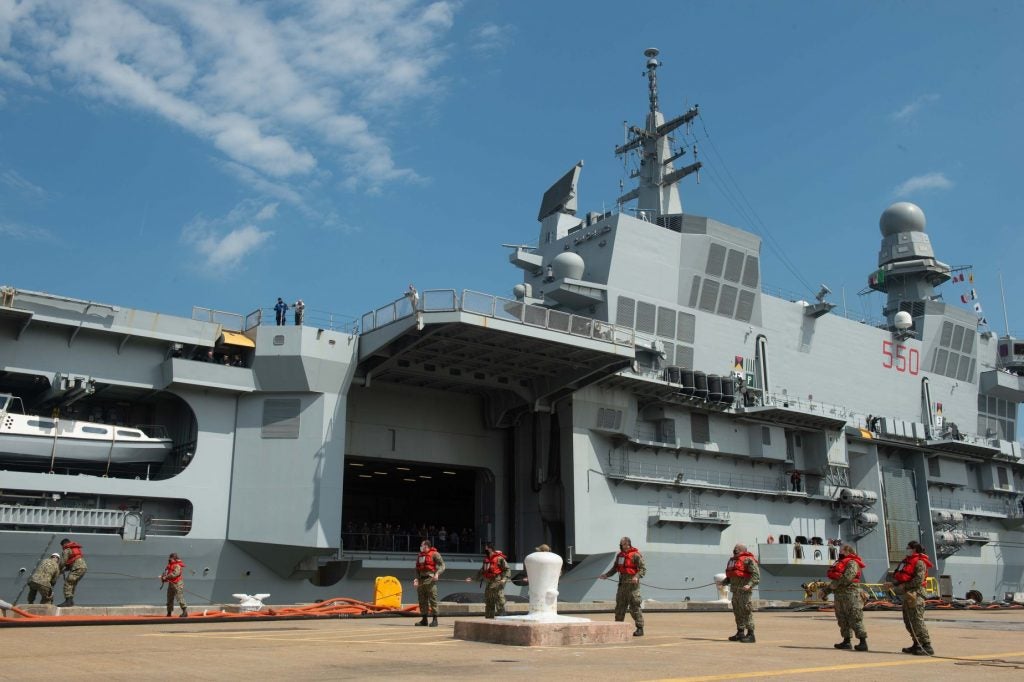
The recommendation was given following the successful completion of five weeks of flight testing. According to the Italian Navy, over 50 F-35B missions were carried out through a variety of sea states and weather conditions, as well as a night operations session. The Joint Program Office stated that over 115 short takeoffs were performed using the Cavour’s upgraded ski jump, alongside 120 vertical landings and two vertical takeoffs. Analysis of data generated from these activities has provided information to both the United States Marine Corps and Italian Navy on how to safely conduct F-35B flight operations on the carrier.
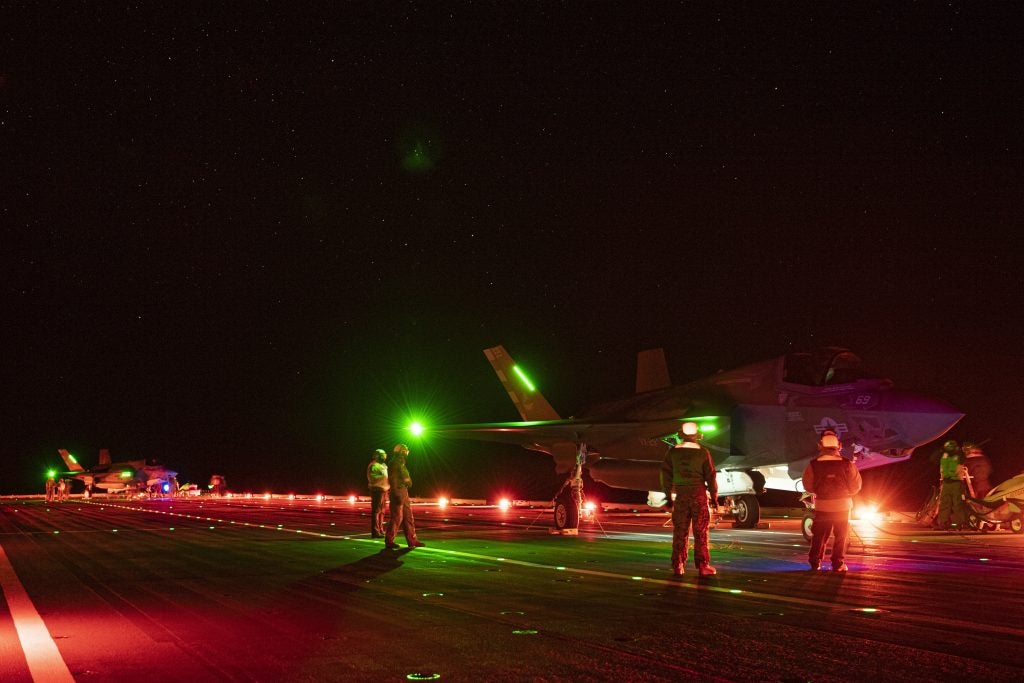
“The (shipboard operating bulletin) is done. We provided the data and recommendations for a limited envelope, or sail home envelope, that will allow U.S. Marine Corps and Italian F-35B pilots to fly training workups aboard the ship,” said Ron Hess, F-35 Pax River ITF Basing and Ship Suitability (BASS) team lead aboard Cavour.
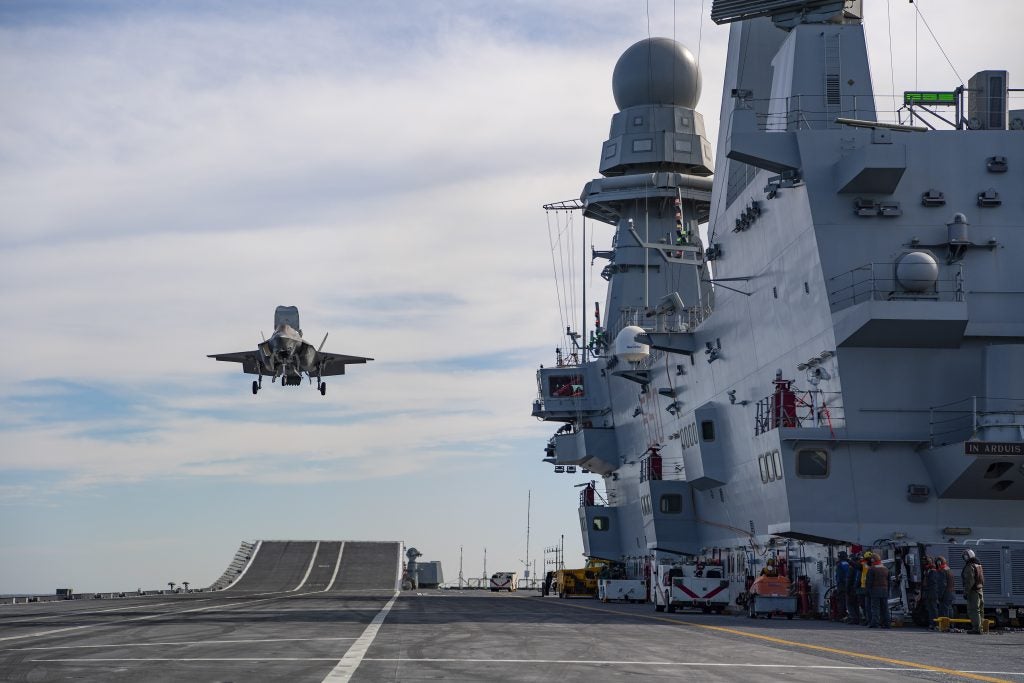
Describing as “huge” what has been accomplished, Hess said that by April, flight clearance and airworthiness documents “should be in place” for a safe launch and recovery envelope. “They don’t have to wait weeks, months, and years” to have the capability to operate F-35Bs on the flight deck, Hess explained.
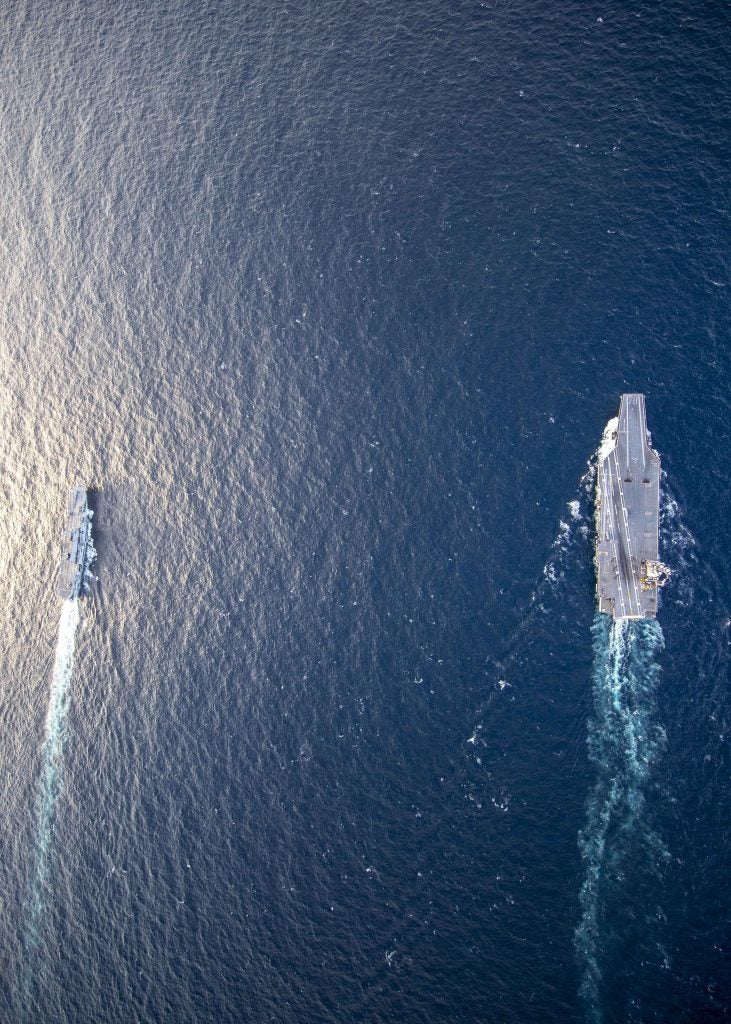
“It’s amazing how ITS Cavour crew and the ITF team have reached, so rapidly, this level of synergy and integration with great professionalism and a strong common will to achieve the ambitious goal,” said Italian Navy Capt. Giancarlo Ciappina, commanding officer, ITS Cavour.
“I am very grateful to each and every ITF team member as well as to each sailor of my crew for the great job done and for such tremendous achievement.
In this sense, I am very proud for the success of ITS Cavour’s “Ready for Operations” campaign: our allies will soon perceive the Italian Navy and the Italian Armed Forces as a whole, as enhanced cooperative partners thanks to the strategic enabler that the fifth generation aircraft carrier capability would represent, in either specific maritime or wider joint operations.”
Capt. Giancarlo Ciappina
Once the Cavour is formally declared to be “Ready for Operations” next month, its next milestone will be Initial Operating Capability with the F-35B, which is expected to be achieved by 2024.

